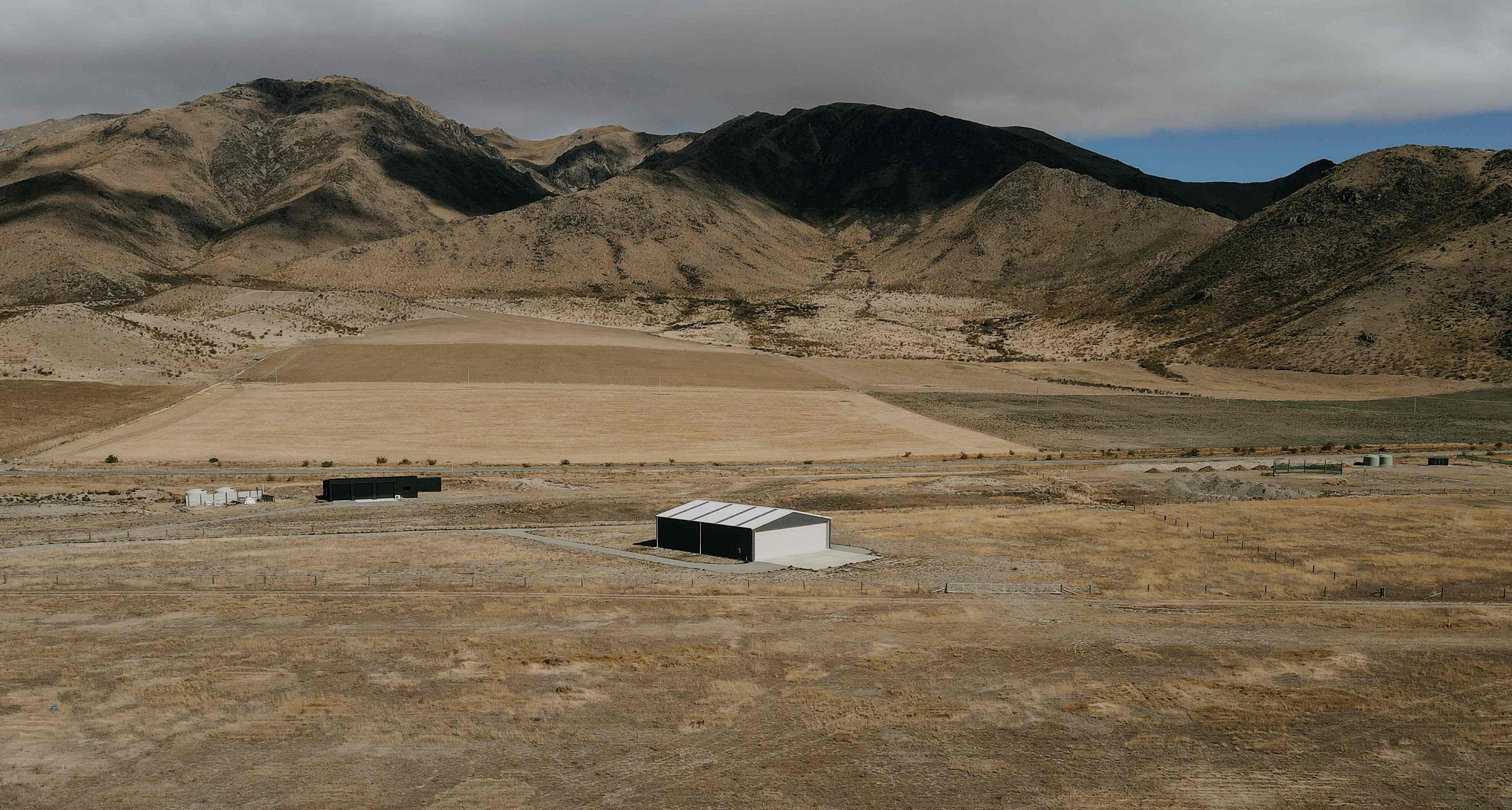
If you are considering building a shed in a location that experiences high snowfall, you may be asking the question, what type of shed construction is best suited to withstand the weight of the snow?
The answer to that question depends on what you are using the shed for and how it is configured.
In this blog, we discuss what a snow-loaded area is, where they are located, and some common shed designs that have been proven popular with high-country farmers for several decades.
What is snow loading?
Snow load is the downward force on a building's roof caused by the weight of accumulated snow and ice. The roof or structure can fail if the snow load exceeds the weight the building was designed to carry.
Under Building Code NZS 3604, New Zealand is split into 4 zones: 1.0Kpa, 1.5Kpa, 2.0Kpa and Special Design. This means that any structure must be designed and engineered to withstand the weight of the snow, which means engineering requirements will differ from zone to zone.
What materials are best to use?
Timber Centrepole Sheds
Common throughout the inland regions of the South Island, timber centrepole sheds make for a very strong structure with excellent snow-loading capabilities. Providing the bay widths and the pole spacings are less than 4-5m apart, this design will generally meet engineering requirements in areas that have high snowfall.
It pays to note that, when bay widths and the span are increased, issues can arise as the timber beams and purlins are pushed to design limits.
Structural Steel
Structural steel is widely considered the strongest build system available and is ideal for areas with high snow loading. Structural steel is typically 8-12mm thick. This means these sheds can span a considerable distance without the need for centre supports, even in high snow-loaded areas.
Due to the amount of steel required, this is more costly than other systems. However if you are requiring a large clearspan building, structural steel is one of your best options.
Shed materials to be wary of
Roll form steel
Roll form steel is usually only 2-3mm thick and the tin is rolled into a shape. This system tends to rely on the shape of the tin rather than the strength of the tin itself, which can buckle the structural portals under the weight of the snow. This can alter their shape and lead to problematic structural flaws.
LVL Laminated Timber Beams
While this system uses timber poles, it is paired with a laminated timber beam to increase the pole spacings. While this seems like a cheap clearspan option, LVL beams do have a tendency to sag over time, especially in snow-loaded areas. With no centre supports, the timber struggles to support the combined weight of the snow and the structure.
One way to reduce sagging is to increase the depth of the LVL beam, which is usually 600 to 800mm deep. While this can reduce sagging, it significantly impacts headroom inside the shed and will not eliminate the problem entirely.
How does Alpine meet snow-loading requirements?
At Alpine Buildings, we use a combination of timber poles and structural steel rafters. This system performs best in areas of high snowfall, eliminating the need for centre supports while also preventing sagging. Additionally, structural steel is only required in the roof which significantly reduces the overall cost compared to an all-structural steel building.
If you are looking to build in a high snow area and are unsure of the snow loading on your site, talk to the team at Alpine today. We can check your site against the snow loading charts and design the shed to meet the snow loading requirements to ensure your shed can withstand the additional weight of the snow throughout the year.
Alternatively, our Buyer’s Guide has everything you need to know about building a kitset shed. Download it now to gain access to our insights and ensure you get the best shed for your needs.









